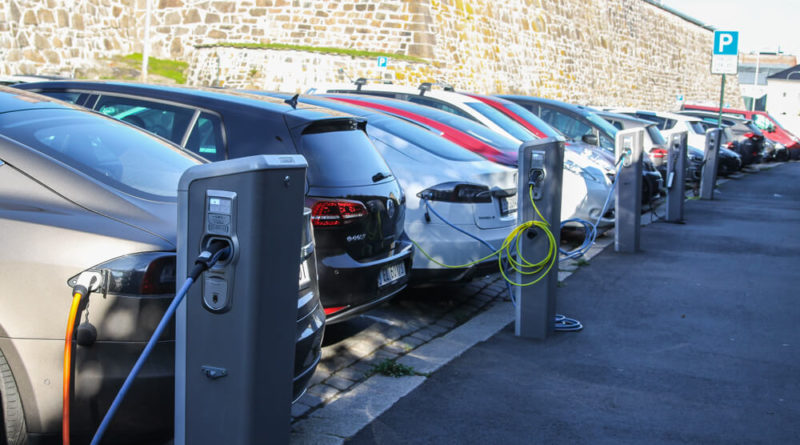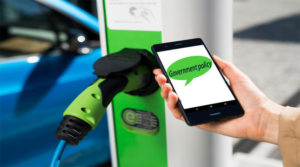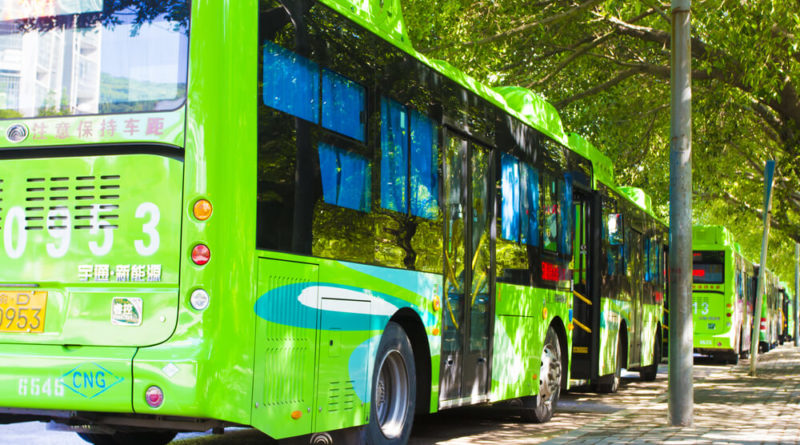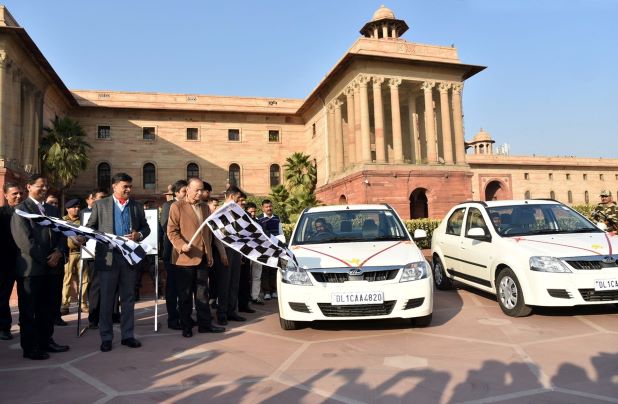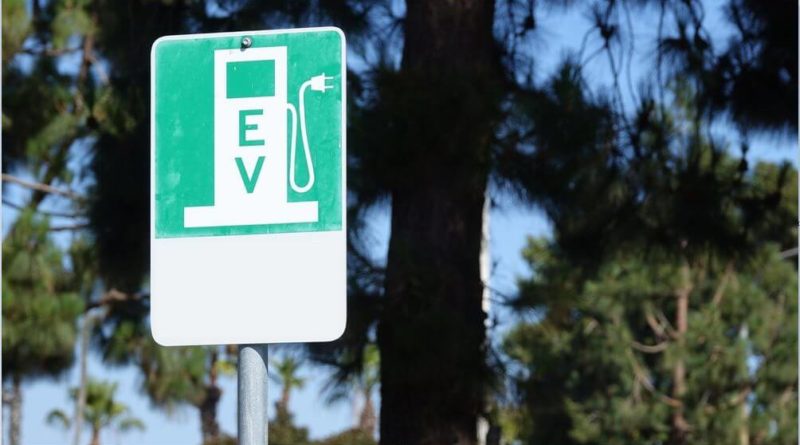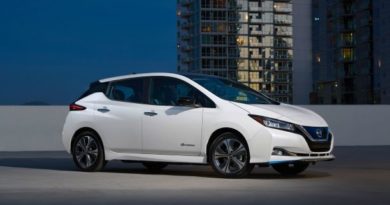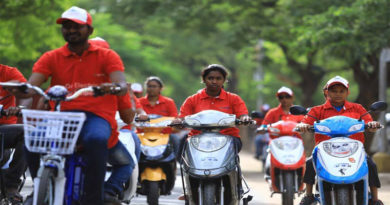Govt Panel Proposes 2-Way Sop Strategy To Push E-Mobility in India
Panel led by Cabinet Secretary proposes an array of incentives for Electric carmakers as well as buyers of electric vehicles
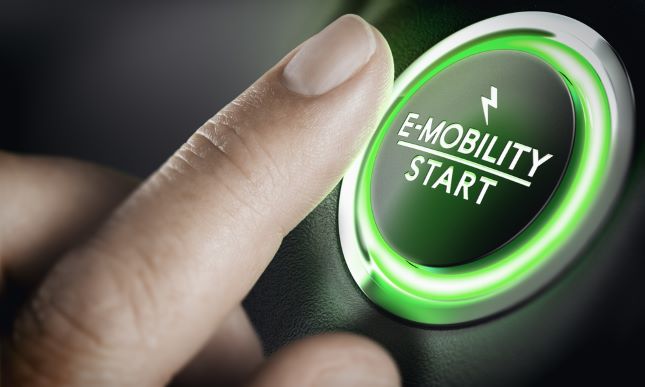
A government panel led by cabinet secretary Pradeep Kumar Sinha has proposed an array of incentives for Electric carmakers as well as buyers of electric vehicles in an effort to push e-mobility in the country from both the demand and supply side.
The panel has recommended a lower basic customs duty on components besides a lower GST rate to encourage manufacturers to take up large-scale production of e-vehicles.
For the buyers, it has called for differential registration rates and exemption from road tax and parking charges. According to media sources, the final decision will come from PMO after the next round of meeting which was scheduled on 9th Jan.
The blueprint was drawn up by over two dozen top bureaucrats across all stakeholder ministries that attended the committee of secretaries meeting on total mobility chaired by Sinha in December. As in when the decision will be taken, the department of revenue, the department of heavy industries and the ministry of road transport and highways will take necessary action.
The NITI Aayog is acting as a nodal agency to coordinate the roll-out of the mega-plan. The government is seized of the fact that India needs to adopt effective strategies to place itself as a key driver in the global mobility revolution, and this can be done only by large-scale domestic manufacturing of electric vehicles with all its components including batteries.
According to the IEA’s Global EV Outlook 2018, released in May 2018, the number of electric cars on the road is predicted to expand to 125 million worldwide by 2030, due to supportive policies and cost reduction.
Currently China is seeing most growth in electric vehicle adoption, accounting for half of the electric cars sold in 2017, while the U.S. saw the second largest number of electric cars sold. However, in terms of market share, Norway is the leader. In the last five years, number of EV in Norway, has jumped to 47% and with that, the European country with a population of just 5.3 Mn has become the world’s third largest market for EVs after the US and China.
India wants to create a robust and affordable electric mobility ecosystem comprising production facilities and a large network of charging points to achieve three key strategic goals— cutting down carbon emissions, creating new job opportunities and reducing the use of crude oil, about 80% of the requirement of which is met through imports.
Prime Minister Narendra Modi had in September last year assured the country of a stable policy regime for e-vehicles. “We want to drive investments across the value chain from batteries to smart charging to electric vehicle manufacturing,” he had said at the Aayog’s mobility summit.
“We will soon put in place a stable policy framework for electric and alternate fuel-powered vehicles. Policies will be designed as a win-win for all and will enable huge opportunities in the automotive sector.”
Recently, the Ministry of Housing and Urban Affairs issued new guidelines which direct residential and commercial buildings to allot about 20% of their parking space for electric vehicle charging infrastructure. Yesterday, North Block got a fleet of 15 EVs for Official use as well.
Though the government is yet to articulate a formal policy statement, all the measures are been taken to achieve the set goal of having electric vehicles account for at least 30% of the total new vehicle registrations by 2030.

